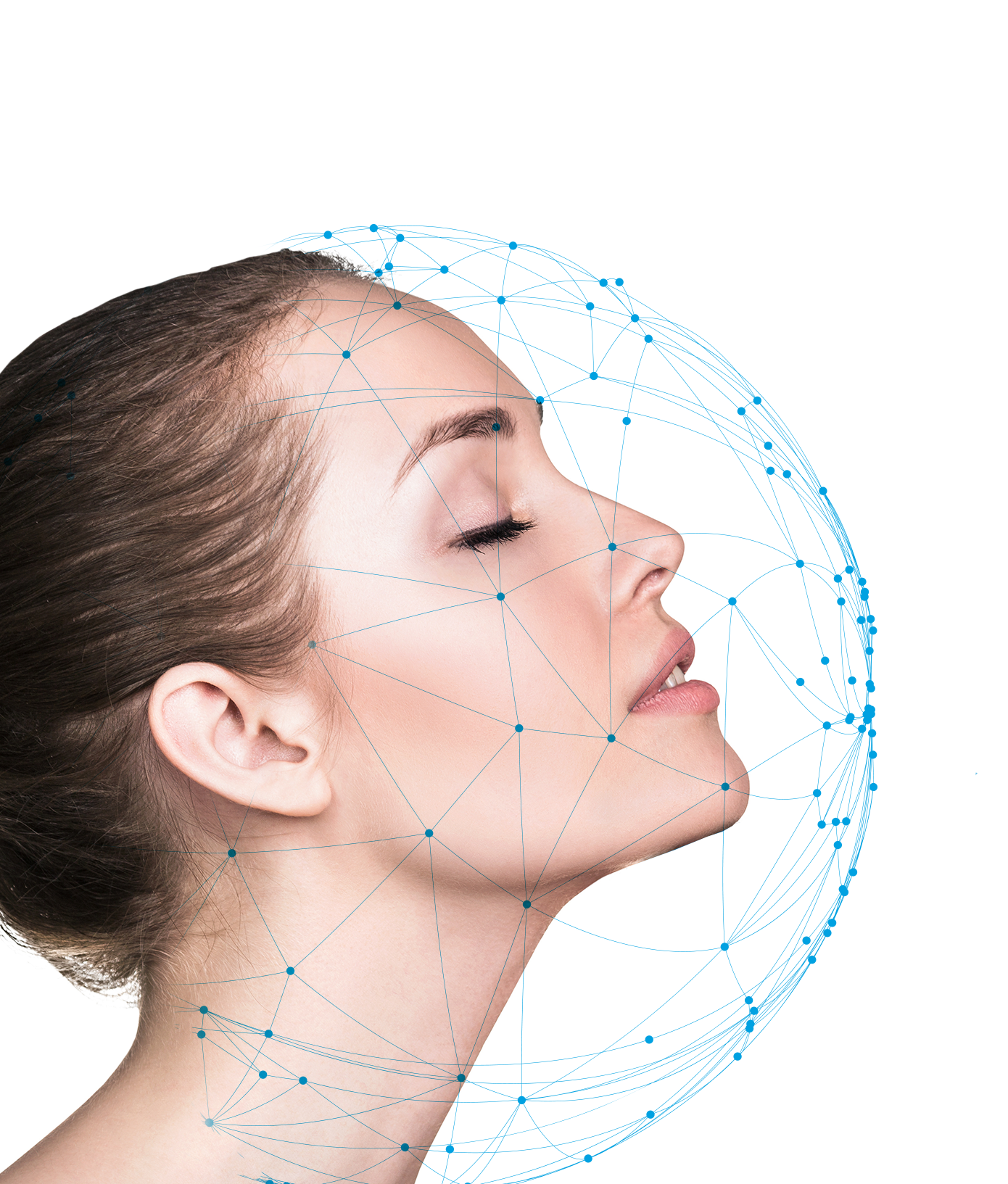Air pollution is an unavoidable consequence of our urban lifestyle. The number of people living in cities is rising, and it is estimated that two-thirds of the world’s population will live in high-density urban environments by 2050, which translates into more people exposed to high levels of pollutants.
The sources of pollution are varied: from cigarette smoke to natural sources such as volcanic activities, to automobile emissions and industrial activities. Pollutants of major public health concern include particulate matter (PM 10 and PM 2.5), carbon monoxide, ozone, nitrogen dioxide, sulphur dioxide and Ozone.
Air pollution has become a major problem in recent decades and has a hazardous impact on human health. In this sense, air pollution is linked to 6 million deaths globally each year. A new WHO air quality model confirms that 92% of the world’s population lives in cities where air quality levels exceed WHO limits for PM2.5, the most dangerous kind of particulate matter.
We know that pollution is hazardous to our health. But what about its effects on our skin?
Being the largest organ of the human body, being our barrier in the forefront against the environment and radiation, it is not surprising that the skin is one of the major targets of air pollutants.
In recent years, an increasing number of studies indicate that repeated pollution exposure is one of the main threats for skin health and beauty.
Pollution contributes to extrinsic skin aging; in fact, studies show that people exposed to significant amounts of pollution have approximately 20 percent more pigment spots and significantly more wrinkles and sagging.
Moreover, pollution is an aggravating factor in several inflammatory or allergic skin conditions, such as atopic dermatitis, eczema, psoriasis or acne. A 10 μg/m³ increase of 7-day average concentrations of PM, SO₂, and NO₂ is associated with an increase in outpatient visits for eczema.
Also, during peak periods of pollution, the appearance of spots in normal skin and acne in oily, acne-prone skin is favored.
In addition, UV radiation increases the damaging effect of air pollution. When pollutants are joint with UV rays, they generate a negative synergy: the accumulated damage is higher than the damage caused from them separately. This give rise to increased visible skin photodamage, worse skin sensitivity and even increases the risk for skin cancer.
For all these reasons, protecting our skin from pollution is definitely something we all need to take seriously.
Monteloeder SL will launch the next Vitafoods Europe Exhibition ZeroPollution, the first oral solution to pollution-induced skin damage.
We welcome you at stand H59 to know more about ZeroPollution.
Nuria Caturla, PhD
New Product Development Manager


